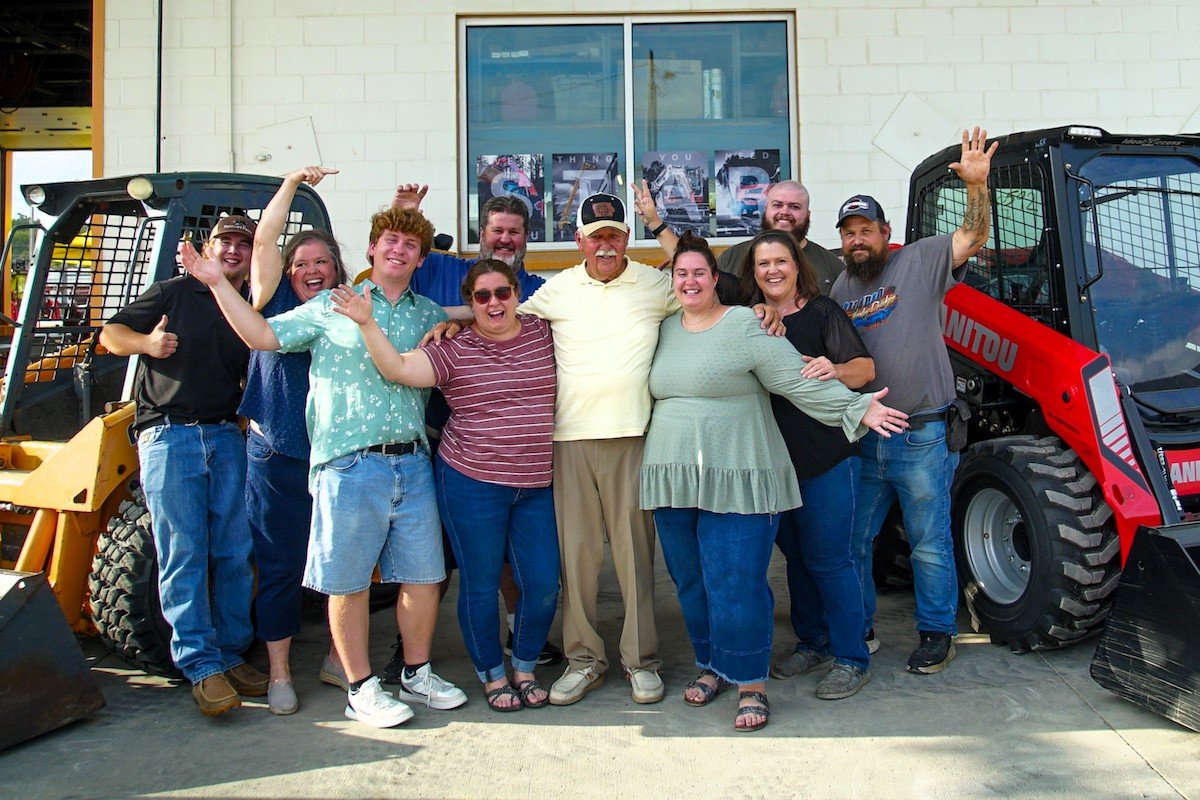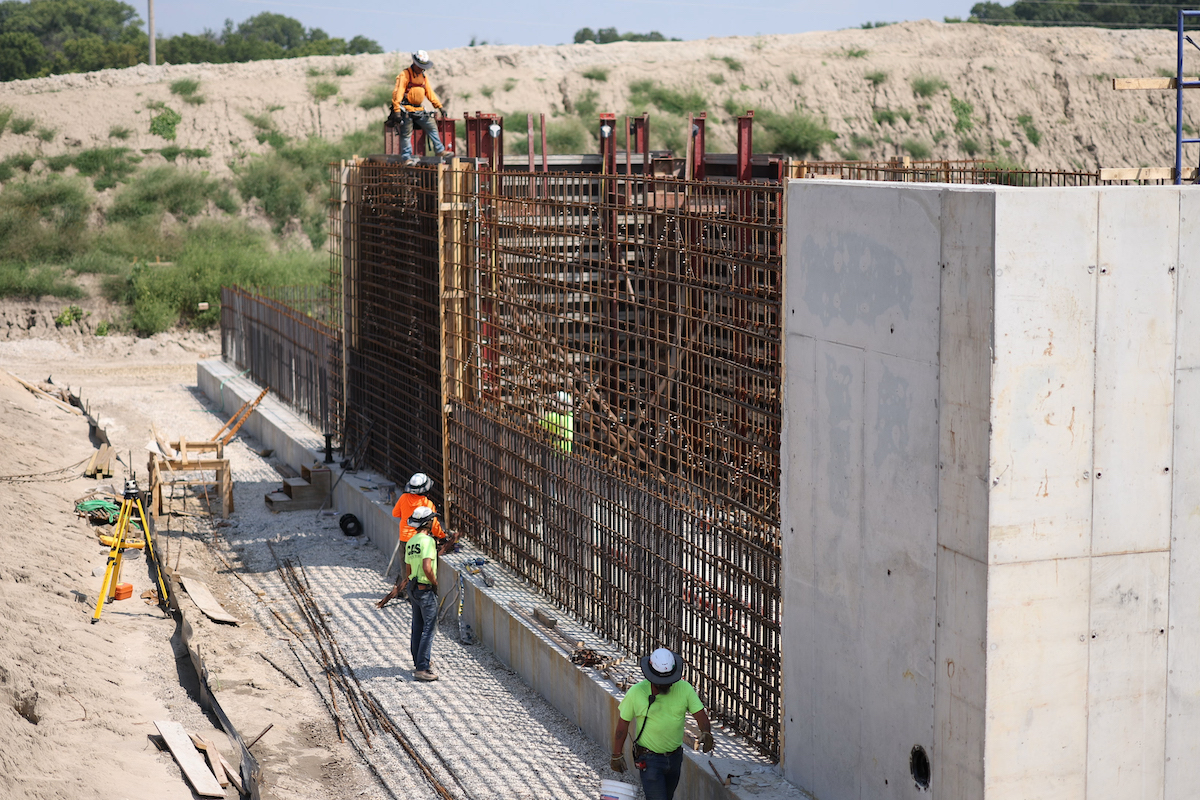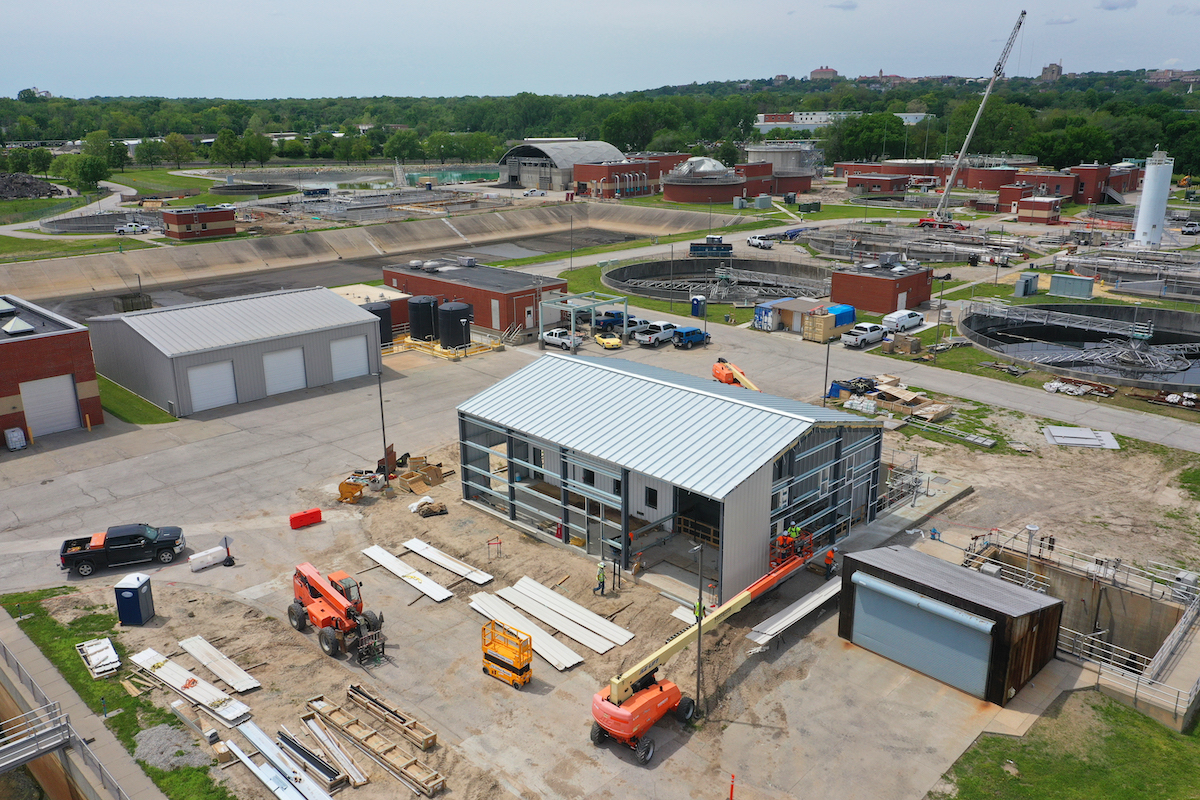The roadway, which passes through the community of Oak Hill, is in an urban, mostly developed area. It serves as a key route for mostly commuter traffic between central Austin and fast-growing suburban and rural communities such as Lakeway, Bee Cave, Dripping Springs, and Johnson City.
The existing intersection – designed to handle 37,000 vehicles daily – reached that capacity in 1995. Major commercial and residential development has resulted in increased traffic volume, though capacity has not been increased in Oak Hill. Congestion reached the point that significant traffic was instead utilizing local roadways, and spilling into the neighborhoods, to avoid congestion on U.S. 290 and SH 71 during peak hours. Average daily traffic along the corridor is projected to be 152,030 vehicles by 2040.
Now, after over 30 years of planning, a Texas Department of Transportation (TxDOT) project is underway that will transform the U.S. 290/SH 71 intersection into the Oak Hill Parkway. TxDOT is building an upgraded, state-of-the-art roadway that will reconstruct the interchange and add flyovers, converting a current four-lane divided roadway to a six-lane controlled access highway.
The $674 million design-build Oak Hill Parkway Project, expected to be complete in early 2026, is fully funded as a Texas Clear Lanes project. Under its Texas Clear Lanes Initiative, TxDOT is addressing the gridlock experienced by Texas drivers statewide – using data to identify and prioritize congested roadways, working closely with local transportation leaders, and developing critical projects to address congestion issues.

| Your local Takeuchi Mfg Ltd dealer |
|---|
| Kirby-Smith Machinery |
| Star Equipment LTD |
TxDOT Project Manager Christiana Astarita, P.E. reports, “The approximately 7-mile project will widen and improve U.S. 290 and SH 71 through Oak Hill and act as a gateway to the hill country. Along U.S. 290 the project includes mainlanes, typically three-lanes in each direction, and frontage roads, typically two-lanes in each direction, for a total of 10 lanes. Auxiliary lanes, ramps, and bypass lanes are used throughout the project that could add up to an additional five lanes at a specific location.”
The project also includes:
- An approximately 67 acre-feet offsite storm water detention pond complete with a dam and spillway as well as multiple water quality treatment ponds along the corridor
- New landscaping, tree plantings, and corridor aesthetics
- Significant bicycle and pedestrian accommodations along the entire corridor, including 14 miles of shared-use path and 1.5 miles of sidewalks
Colorado River Constructors (CRC) is the project's contractor. CRC is a fully integrated joint venture comprised of two experienced design-build firms, Fluor Enterprises, Inc. and Balfour Beatty. The lead engineering firm is AECOM Technical Services, Inc., with Raba Kistner performing quality assurance.
David Trent, Construction Manager for Colorado River Constructors, explains CRC's approach to the project. “The construction team is using an ‘outside-in’ approach, where we are building frontage roads first throughout the project corridor in open spaces of right of way. That includes mass excavation, utility relocations, drainage infrastructure installation, wall and bridge construction as well as grading and paving operations.
“Once those frontage roads are completed, traffic will be shifted from existing U.S. 290 onto the new frontage roads, while construction crews build the mainlanes and cross-street bridges in the middle. The last phase of the project involves bringing the U.S. 290/ SH 71 direct connect flyovers online before traffic can move into its final configuration.

| Your local Trimble Construction Division dealer |
|---|
| SITECH Midway |
| SITECH Central LLC |
“So far, we’ve constructed seven different retaining walls along the project corridor, which are a mix of soil nail walls, cast in place walls, and drilled shaft sound walls. We’ve begun construction on 11 bridge structures, completing drilled shafts, columns, caps, abutments, girders, and bridge deck installation. Crews have also trenched more than 18,000 linear feet of rock for utility relocations.
“We’ve completed our first permanent paving for the new U.S. 290 frontage roads at the west end of the project corridor near Circle Drive, and our crews have constructed the shared-use path in the far east segment of the project near MoPac Expressway.”
CRC Deputy Construction Manager David Richmond adds, “A lot of work went into design of the maintenance of traffic plans, so we could ensure that two lanes of traffic would continue to flow in each direction on U.S. 290 and SH 71 during the day throughout the entire project duration.”
Landscaping and aesthetics are also important parts of the Oak Hill Parkway Project, Astarita points out. “Protecting existing trees and planting new ones is important to the community and TxDOT. We will be planting hundreds of new trees and bushes as part of this project. A structures aesthetics plan is being applied to the project’s retaining walls, bridges and sound walls.”
Pike Riegert, Deputy Project Manager for CRC, comments, “TxDOT is committed to the healthy preservation of many trees along the project corridor and put unique stipulations in the design-build contract as a result. Several iconic oak trees along U.S. 290 near Williamson Creek are being preserved. TxDOT also identified several tree preservation areas in addition to the iconic oaks that will be saved. In addition, CRC recognized more than 200 other trees that could be saved along the alignment due to design optimizations. Per TxDOT’s requirements, CRC also has an arborist on their team to care for these protected trees – a unique contract stipulation.”

| Your local Gehl Co dealer |
|---|
| Star Equipment LTD |
A program called DroneDeploy allows CRC to create a 3D topographical map of the project, with the software overlaying new information from weekly flights to calculate earthwork quantities during mass excavation activities and track progress of wall and bridge construction.
Work crews are using HCSS Heavy Job to submit end-of-day safety signatures, fill out safety task assignment forms, find safety topics for “toolbox talks” and record daily safety observations both positive and negative.
Trent reports that the project is addressing some specific construction issues which were identified during the planning process. “On other joint-venture projects around Texas, our teams usually build up, with multiple levels of bridge structures stacked on top of each other. Oak Hill Parkway is very different because we’re building down. Due to community input TxDOT received during the environmental study phase, our teams are excavating down into thick limestone rock as deep as 25 feet on the west side of the project corridor to lower the U.S. 290 mainlanes.
“New intersections will be constructed where the highway will go under cross street bridges that will remain at current ground level. The flyovers at the main U.S. 290/SH 71 interchange, which are the highest bridges on the project, will be less overpowering visually since they will be only one level above what exists today.
“Since a portion of the Oak Hill Parkway Project falls within the Edwards Aquifer Recharge Zone, it was particularly important to locate any karst features during early pre-construction activities,” he continues. ”Karst features are voids in the limestone bedrock ranging from large caves to small holes, as well as tunnels or fractures. When karst features are found in sensitive areas, the design can be modified to protect water quality for the Edwards Aquifer, which is the main water source for the San Antonio area about 80 miles to the south. Teams employed DC-ERI technology to map out potential karst features, and drillers were brought in to perform geotechnical investigations at future bridge foundation locations before construction began.”

| Your local Manitou dealer |
|---|
| Star Equipment LTD |
Astarita comments, “This project has been several decades in the making with a tremendous amount of planning and public outreach effort. TxDOT, as well as so many of its partner agencies, and the community at large are very excited to see it finally being built.”
Adds CRC Project Manager Scott Yardas, “CRC is proud to partner with TxDOT to build this important project that will modernize, widen, and reconstruct the east-west commuter traffic route along U.S. 290 and SH 71 in Oak Hill and bring much-needed traffic relief to one of the most congested highway corridors in Texas.”











































































